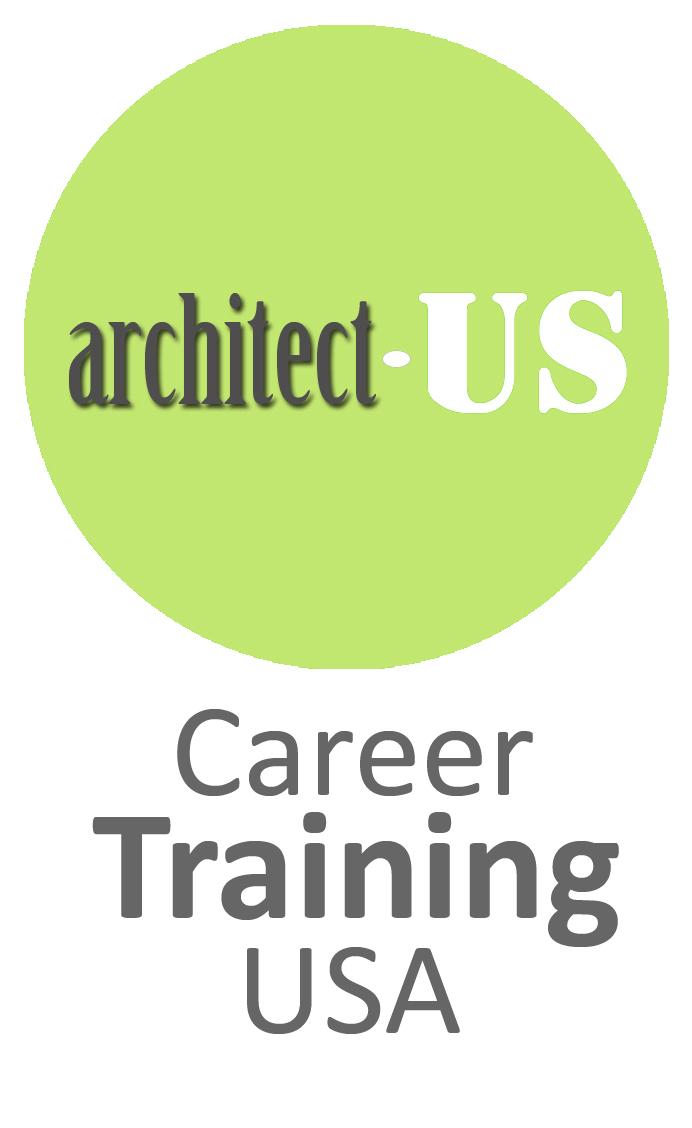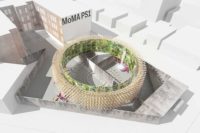There’s a new resource for young architects navigating the tricky waters of international work authorization: Architect-US. Sponsored by the Spain-United States Chamber of Commerce, the new organization, launching June 25, will place international visa candidates in United States-based architecture firms.
 |
Architect-US will screen participants, help with the State Department’s J-1 visa application process, and match qualified candidates to employers. The J-1 visa allows students and recent graduates to work as interns for up to 12 months; young professionals can work as trainees for up to 18. The full-time positions will provide real-world experience and compensation, with interns earning at least minimum wage and trainees receiving a salary based on experience.
“We want to help change the culture of opportunities to give people who are really good and who have a lot of potential the chance to work in this country,” says architect Patricia García, an ambassador for the program.
“Trying to get into the U.S. market in our industry as an international candidate is not impossible,” she says, “but it’s super, super tough.”
Garcia has been through the visa application process herself: She first came to New York from Spain on a J-1 visa to work for James Carpenter Design Associates and, later, for HOK.
“Architect-US helps to facilitate the visa process”—which, she explains, makes bringing on international hires much easier for firms—“but also ensures a good placement. We want to make sure both parties are committed. That’s how we can encourage and promote talent migration.”
The program has secured sponsorship from industry partners like the AIA New York and the Beverly Willis Architecture Foundation, in addition to legacy firms like CRAB Studio and HOK.
HOK’s New York-based design principal Kenneth Drucker, FAIA, says international crosspollination is advantageous to employers: “As an architecture practice, you look at different ways of doing things in different parts in the world. There are different scale issues, there are different textural and craft issues,” he says. “It's really important to have a dialogue with architects who are doing that, and to train architects who are doing that, so we can share our knowledge between different cultures.”
After submitting basic information like transcripts, credentials, a resume, and portfolio, young architects applying to the program will take a test evaluating their communication and technical skills. Architect-US will conduct a final interview before matching candidates with a host firm.
Architect-US declined to state the total cost of the program to participants, but explained that the package comprises program and visa fees, and medical insurance for the duration of participants’ stay. There are no program or placement fees for employers.




Post a comment to this article
Report Abusive Comment